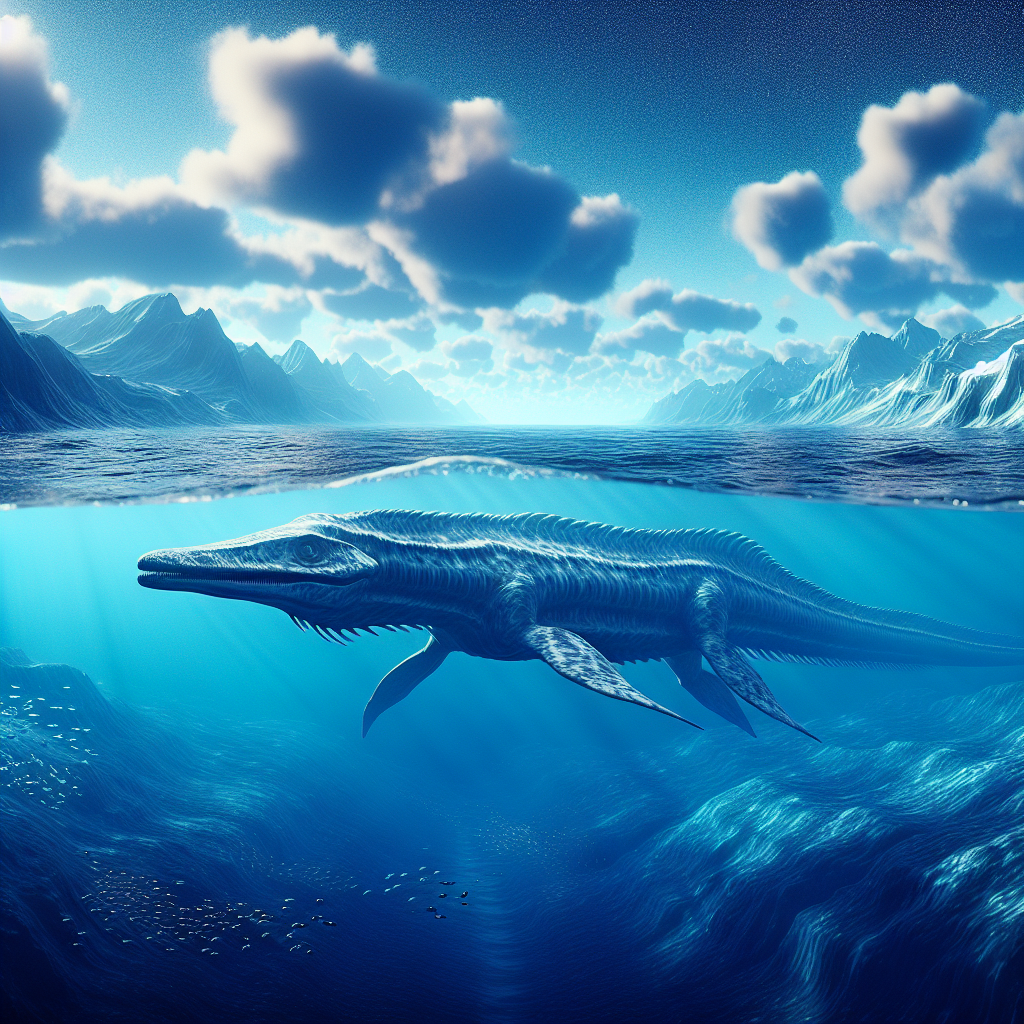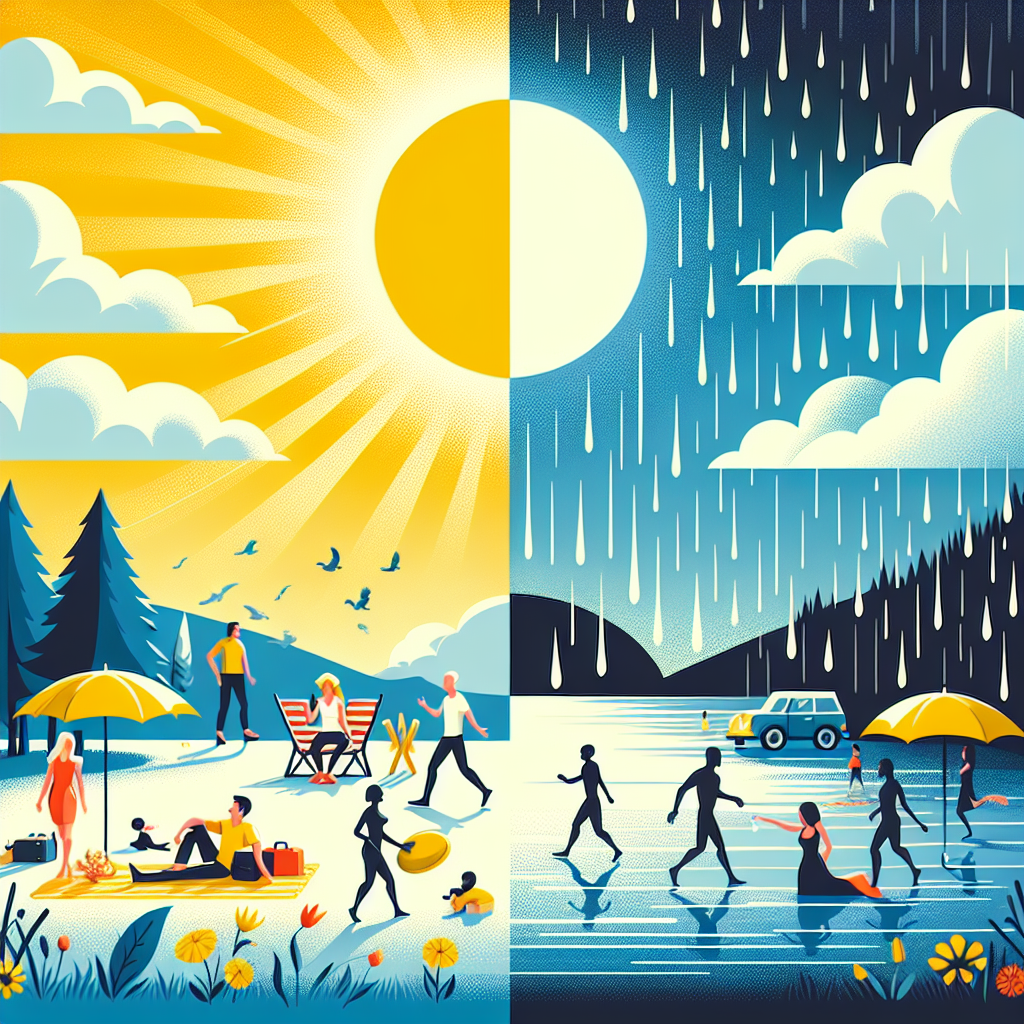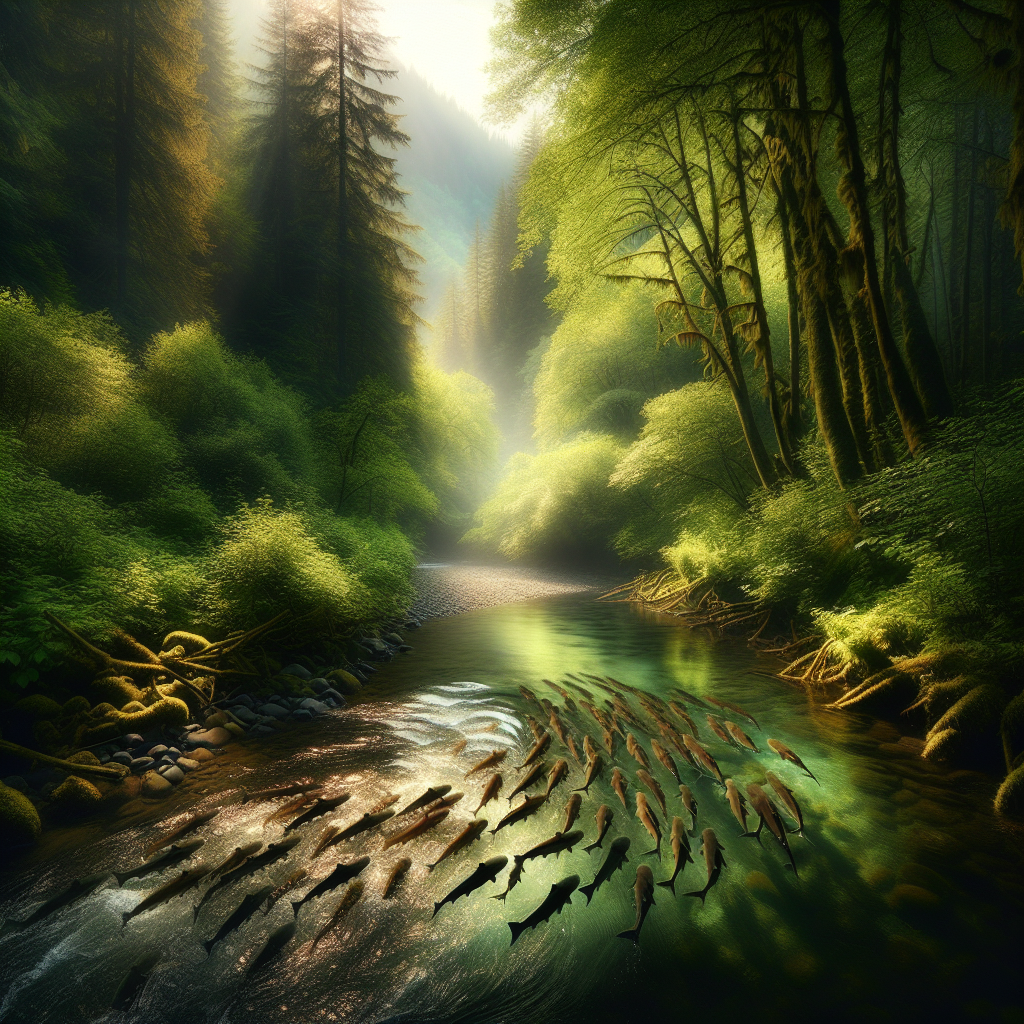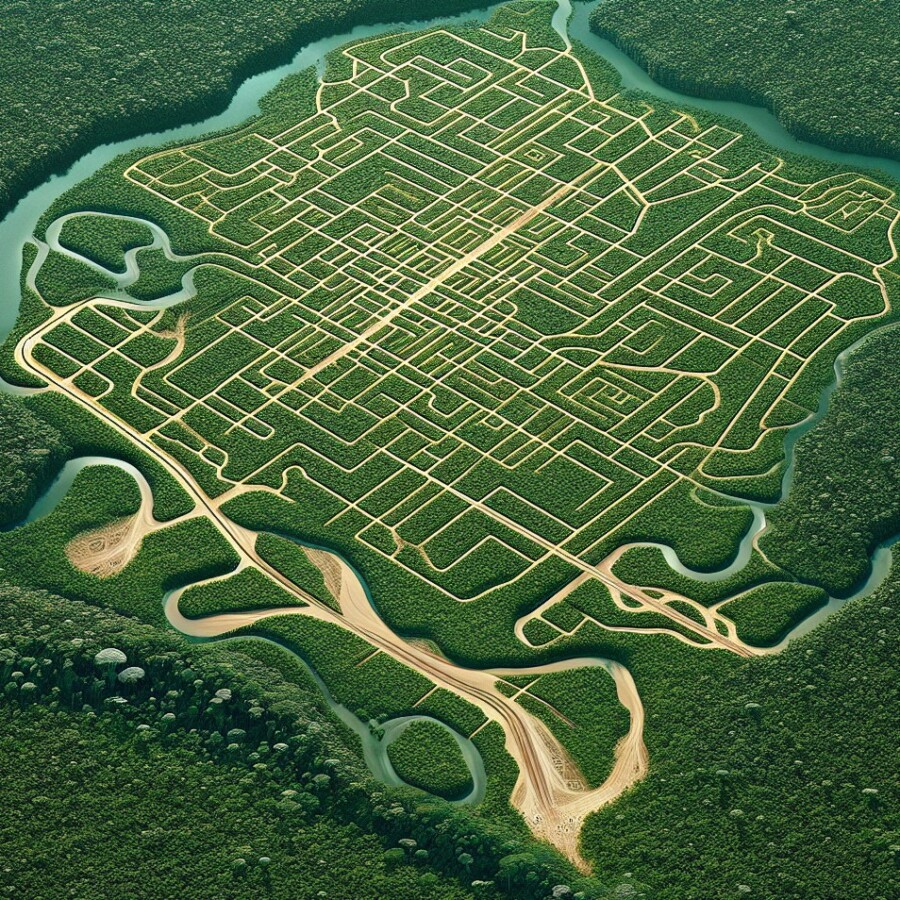Scientists found big bones from a sea creature in the UK. This creature, called Ichthyotitan severnensis, lived a long time ago. It was very big, maybe bigger than a blue whale. The first bone was found in 2016, and another in 2020. They need more bones to know exactly how big it was.
People who like to find old bones helped a lot. A man named Paul found the first bone. A dad and his daughter found the second bone. These bones will be shown in a museum soon. The scientist says anyone can find important bones, not just experts.
Original news source: Prehistoric sea reptile ‘twice as long as bus’ (BBC)
🎧 Listen:
Slow
Normal
Fast
📖 Vocabulary:
| 1 | scientists | People who study things to learn more about them |
| 2 | creature | An animal or living thing |
| 3 | exactly | In a very precise or accurate way |
| 4 | museum | A place where old or special things are kept for people to see |
| 5 | important | Something that matters a lot |
| 6 | experts | People who know a lot about a certain subject |
| 7 | bones | Hard parts inside a body that make up the skeleton |
| 8 | found | Discovered something that was hidden or lost |
| 9 | helped | Gave support or made something easier |
| 10 | show | To let people see something |
Group or Classroom Activities
Warm-up Activities:
– Charades
Instructions: Write down the names of different animals, including the Ichthyotitan severnensis, on separate pieces of paper. Have students take turns picking a paper and acting out the animal without speaking. The other students have to guess the animal.
– News Summary
Instructions: Have students work in pairs or small groups to summarize the article in their own words. They can then take turns sharing their summaries with the rest of the class.
– Opinion Poll
Instructions: Create a simple questionnaire with questions related to the article, such as “Do you think it’s exciting to find old bones?” or “Would you like to visit a museum to see the bones?” Have students go around the class asking their classmates the questions and recording their answers. Afterwards, they can share their findings with the rest of the class.
– Vocabulary Pictionary
Instructions: Write down key vocabulary words from the article on separate pieces of paper. Have students take turns picking a word and drawing a picture to represent it. The other students have to guess the word based on the drawing.
– Speed Summarizing
Instructions: Divide the class into pairs. Give each pair a copy of the article. Set a timer for 2 minutes and have one student try to summarize the article to their partner within that time frame. After 2 minutes, they switch roles and the other student tries to summarize. The pair with the most accurate and complete summary wins.
🤔 Comprehension Questions:
1. What did scientists find in the UK?
2. What was the sea creature called?
3. Was the sea creature bigger than a blue whale?
4. When was the first bone found?
5. Who found the first bone?
6. Who found the second bone?
7. Where will the bones be shown?
Go to answers ⇩
🎧✍️ Listen and Fill in the Gaps:
Scientists found big bones from a sea (1)______ in the UK. This creature, called Ichthyotitan severnensis, lived a long (2)______ ago. It was very big, maybe bigger than a blue whale. The (3)______ bone was found in 2016, and another in 2020. They need more (4)______ to know exactly how big it was.
(5)______ who (6)______ to find old bones helped a lot. A man named Paul found the first bone. A dad and his daughter found the second (7)______. These bones will be shown in a museum soon. The (8)______ says anyone can find important bones, not just experts.
Go to answers ⇩
💬 Discussion Questions:
Students can ask a partner these questions, or discuss them as a group.
1. What is a sea creature?
2. How would you feel if you found big bones from a sea creature?
3. Do you like going to museums? Why or why not?
4. Do you think it’s important to find old bones? Why?
5. What do you think the bones of Ichthyotitan severnensis will look like?
6. How do you think the scientist feels about the people who found the bones?
7. Would you like to find important bones? Why or why not?
8. What do you think the museum will do with the bones?
9. Have you ever found something special before? What was it?
10. Do you think it’s easy or hard to find old bones? Why?
11. How do you think the sea creature lived a long time ago?
12. What other animals do you think lived a long time ago?
Individual Activities
📖💭 Vocabulary Meanings:
Match each word to its meaning.
Words:
1. scientists
2. creature
3. exactly
4. museum
5. important
6. experts
7. bones
8. found
9. helped
10. show
Meanings:
(A) Something that matters a lot
(B) People who know a lot about a certain subject
(C) To let people see something
(D) Gave support or made something easier
(E) Hard parts inside a body that make up the skeleton
(F) People who study things to learn more about them
(G) A place where old or special things are kept for people to see
(H) In a very precise or accurate way
(I) An animal or living thing
(J) Discovered something that was hidden or lost
Go to answers ⇩
🔡 Multiple Choice Questions:
1. What did scientists find in the UK?
(a) Big bones from a sea creature
(b) Small rocks from outer space
(c) Shiny shells from the beach
(d) Colorful flowers in a garden
2. What was the name of the sea creature?
(a) Ichthyotitan severnensis
(b) Blue Whale
(c) Paul
(d) Dad and daughter
3. When was the first bone found?
(a) 2020
(b) Yesterday
(c) 2016
(d) Tomorrow
4. How big was the sea creature?
(a) Maybe smaller than a goldfish
(b) Maybe the same size as a cat
(c) Maybe bigger than a blue whale
(d) Maybe the same size as a car
5. Who found the first bone?
(a) Scientists
(b) Teachers
(c) Fishermen
(d) Paul
6. Who found the second bone?
(a) Paul
(b) Dad and his daughter
(c) Scientists
(d) Teachers
7. Where will the bones be shown?
(a) In a school
(b) In a museum
(c) In a park
(d) In a library
8. Who can find important bones?
(a) Only experts
(b) Only kids
(c) Only dogs
(d) Anyone
Go to answers ⇩
🕵️ True or False Questions:
1. The sea creature is called Ichthyotitan severnensis.
2. The scientist says only experts can find important bones, not just anyone.
3. The creature lived a long time ago.
4. It was very big, maybe bigger than a blue whale.
5. The first bone was found in 2015, and another in 2021.
6. Scientists found big bones from a sea creature in the UK.
7. People who dislike finding old bones helped a lot.
8. The bones will not be shown in a museum soon.
Go to answers ⇩
📝 Write a Summary:
Write a summary of this news article in two sentences.
Check your writing now with the best free AI for English writing!
Writing Questions:
Answer the following questions. Write as much as you can for each answer.
Check your answers with our free English writing assistant!
1. What did scientists find in the UK?
2. What is the name of the sea creature they found?
3. How long ago did this sea creature live?
4. Who found the first bone?
5. Can anyone find important bones, or just experts?
✅ Answers
🤔✅ Comprehension Question Answers:
1. What did scientists find in the UK?
Scientists found big bones from a sea creature in the UK.
2. What was the sea creature called?
The sea creature was called Ichthyotitan severnensis.
3. Was the sea creature bigger than a blue whale?
Yes, the sea creature was maybe bigger than a blue whale.
4. When was the first bone found?
The first bone was found in 2016.
5. Who found the first bone?
A man named Paul found the first bone.
6. Who found the second bone?
A dad and his daughter found the second bone.
7. Where will the bones be shown?
The bones will be shown in a museum soon.
Go back to questions ⇧
🎧✍️✅ Listen and Fill in the Gaps Answers:
(1) creature
(2) time
(3) first
(4) bones
(5) People
(6) like
(7) bone
(8) scientist
Go back to questions ⇧
📖💭✅ Vocabulary Meanings Answers:
1. scientists
Answer: (F) People who study things to learn more about them
2. creature
Answer: (I) An animal or living thing
3. exactly
Answer: (H) In a very precise or accurate way
4. museum
Answer: (G) A place where old or special things are kept for people to see
5. important
Answer: (A) Something that matters a lot
6. experts
Answer: (B) People who know a lot about a certain subject
7. bones
Answer: (E) Hard parts inside a body that make up the skeleton
8. found
Answer: (J) Discovered something that was hidden or lost
9. helped
Answer: (D) Gave support or made something easier
10. show
Answer: (C) To let people see something
Go back to questions ⇧
🔡✅ Multiple Choice Answers:
1. What did scientists find in the UK?
Answer: (a) Big bones from a sea creature
2. What was the name of the sea creature?
Answer: (a) Ichthyotitan severnensis
3. When was the first bone found?
Answer: (c) 2016
4. How big was the sea creature?
Answer: (c) Maybe bigger than a blue whale
5. Who found the first bone?
Answer: (d) Paul
6. Who found the second bone?
Answer: (b) Dad and his daughter
7. Where will the bones be shown?
Answer: (b) In a museum
8. Who can find important bones?
Answer: (d) Anyone
Go back to questions ⇧
🕵️✅ True or False Answers:
1. The sea creature is called Ichthyotitan severnensis. (Answer: True)
2. The scientist says only experts can find important bones, not just anyone. (Answer: False)
3. The creature lived a long time ago. (Answer: True)
4. It was very big, maybe bigger than a blue whale. (Answer: True)
5. The first bone was found in 2015, and another in 2021. (Answer: False)
6. Scientists found big bones from a sea creature in the UK. (Answer: True)
7. People who dislike finding old bones helped a lot. (Answer: False)
8. The bones will not be shown in a museum soon. (Answer: False)
Go back to questions ⇧













